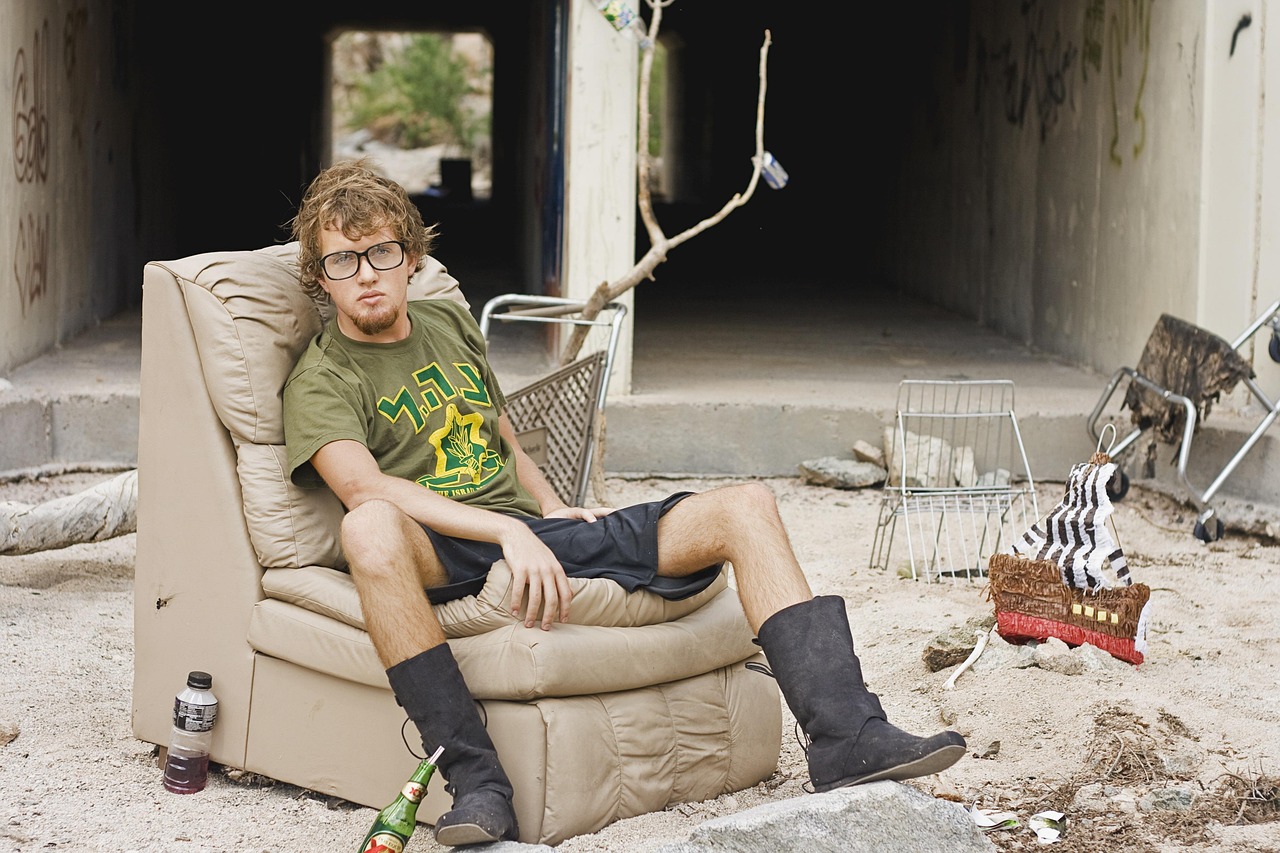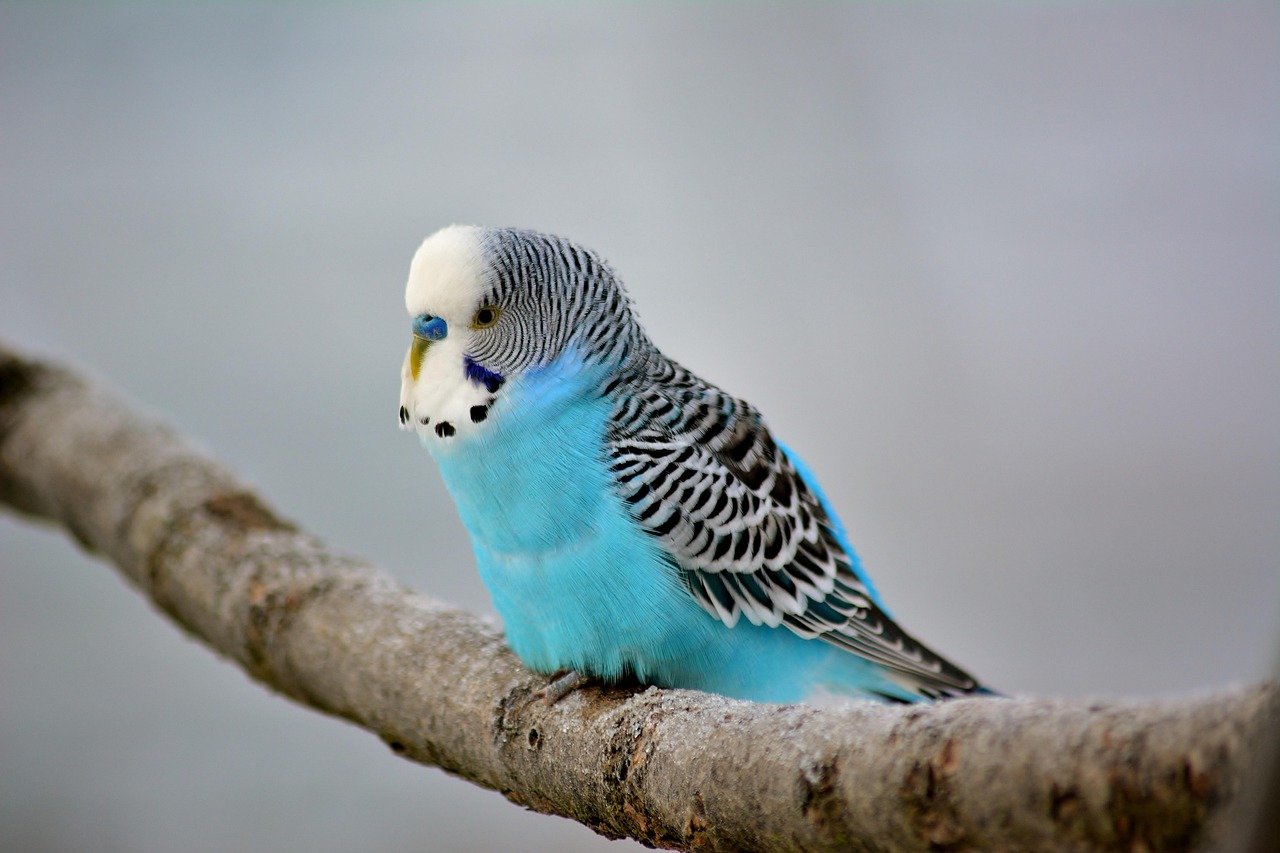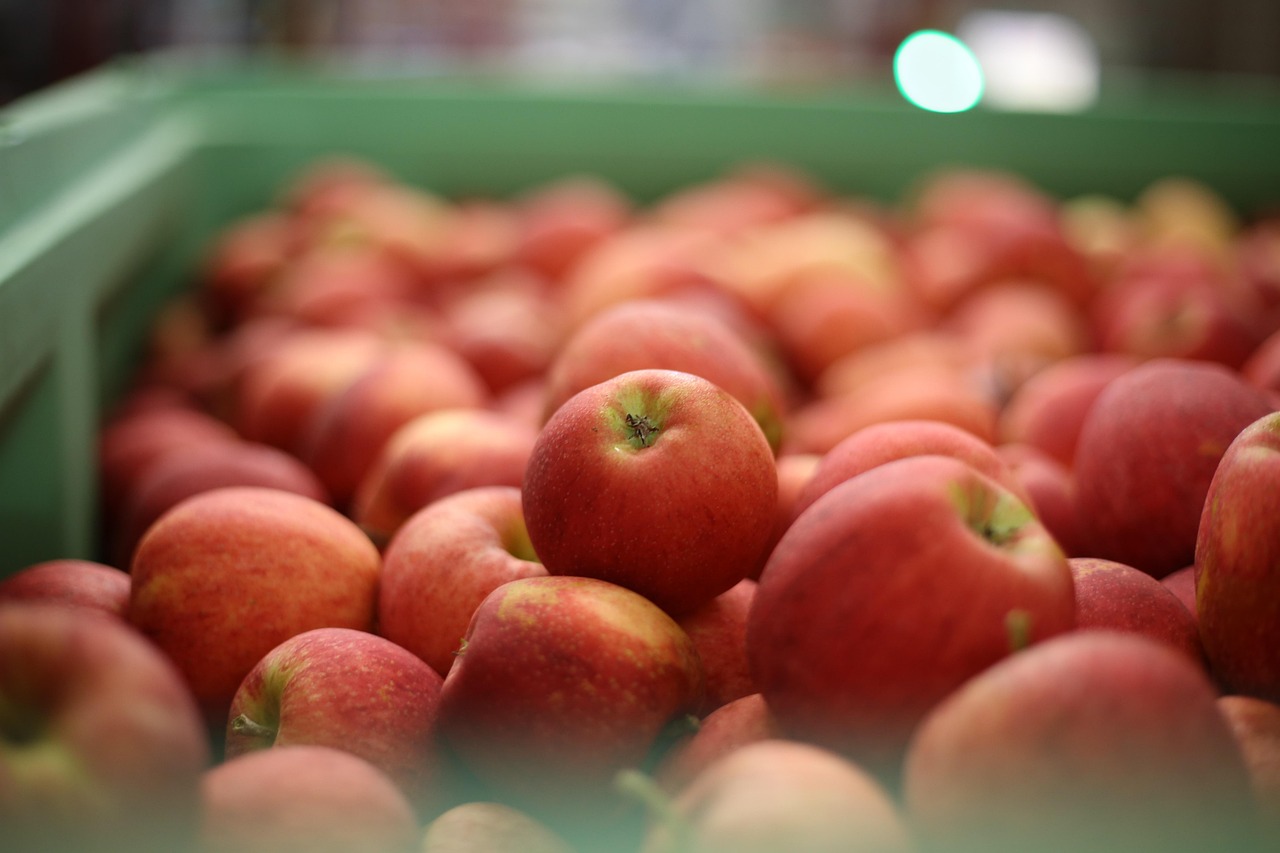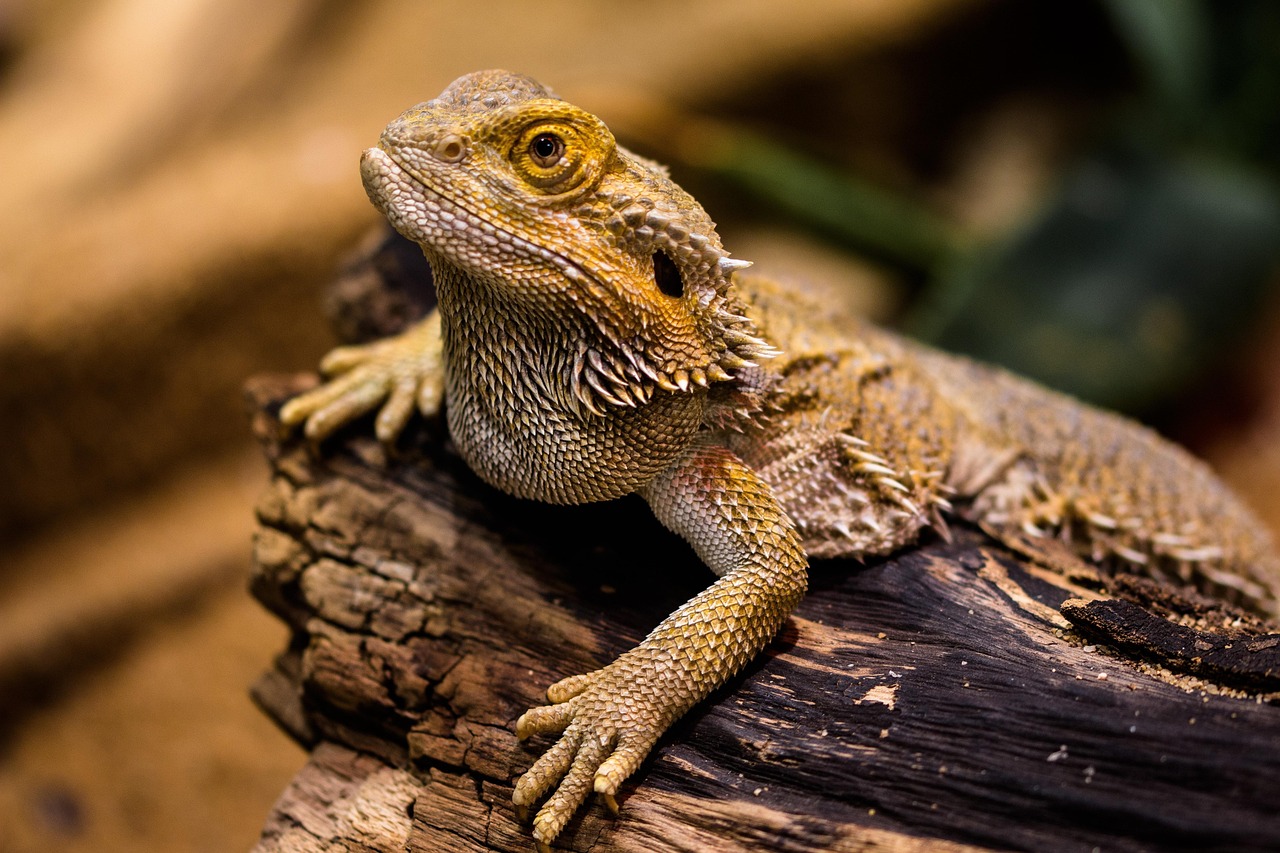Quick Wins: Litter Train Your Guinea Pig Cage
Make cage cleanup easier and keep your piggy happier with this EASY 6-step litter training plan. Follow simple setup, training, and maintenance tips to reduce accidents, speed cleaning, and enjoy a cleaner, calmer guinea pig home every single day now.
What You’ll Need
Litter Train a Guinea Pig: Keep Your Cage Cleaner Longer
Step 1 — Pick the Perfect Litter Box
Think small but roomy — size, shape and piggy comfort matter more than you think.Choose a low-sided, sturdy box that fits in a cage corner and is easy for your guinea pig to step into. Measure the corner floor space (many pigs do well with boxes about 8–12 inches / 20–30 cm wide) so the box won’t block run area.
Prefer a high-backed corner box if your pig pees while backing up, or a shallow tray if they need easy access to climb in. Check materials and construction: avoid sharp edges, brittle plastic, or wobbly bases.
Look for these features:
Pick a box you can comfortably lift and clean every day.
Step 2 — Select Safe, Effective Litter and Bedding
Why cedar is a no-no and why hay belongs next to the toilet — surprising but true.Choose dust-free, absorbent litter like paper-based pellets or kiln-dried wood pellets. These control odor and are gentle on respiratory systems.
Avoid cedar, untreated pine shavings, and clumping clay cat litters — they can irritate skin and lungs or create dangerous dust.
Line the box with a thin layer of litter (just enough to absorb). Add a small hay pile or a hay rack beside or partially inside the box — many pigs graze and poop while eating, so hay is your secret weapon to encourage use.
Step 3 — Position the Box Where They Already Go
Want instant progress? Put the box where the mess already happens — no guessing required.Observe your guinea pig for 48–72 hours to spot their favorite toileting spots.
Place the litter box in that exact corner or location — alignment matters more than aesthetics.
If they eliminate in multiple spots, start with the most-used area and add a second box later. Tuck a small hay pile or hay rack partly into the box to remind them to stay there while snacking.
Keep the box stable so it won’t tip: use a heavy-bottomed tray, non-slip pads, or clip it to the cage edge.
Keep food and water just outside the box so the area stays clearly for toileting, not dining.
Step 4 — Train with Praise and Treats
Short, happy sessions beat stern scolding — want faster results? Reward like a champion.Reward your guinea pig the moment they use the box: give a tiny treat and soft, happy praise to build a positive link. Use a consistent cue — gently tap the box or say a short phrase like “potty” right before you place them in it.
Place them in the box after playtime or a nap when they’re most likely to go. Keep sessions short (2–5 minutes); one quick success is better than a long, confusing session.
Step 5 — Maintain Cleanliness Without Losing the Scent
Clean enough to be sanitary but keep a hint of scent so your pig knows it’s their bathroom.Scoop droppings daily and change litter weekly, but don’t strip the box completely every time — leave a small handful of used litter so the familiar scent stays. For example, when you scoop, keep one corner with a bit of the old litter so your pig recognizes it as the potty spot.
Deep-clean the box weekly: empty it, wash with mild dish soap and warm water, rinse thoroughly, and air-dry. Avoid bleach, ammonia, or strong fragranced cleaners that can irritate or confuse your pig.
Replace soiled hay and refresh litter regularly to prevent odor. If the box develops a sour smell between cleanings, swap the litter sooner, but keep a little used material to preserve the scent cue.
Step 6 — Troubleshoot Common Problems and Fine-Tune
Still finding surprises? Here’s how to decode behaviour and fix stubborn habits.Identify patterns: note the time of day, recent stressors, or any health changes that coincide with accidents.
Use targeted actions to fix common issues:
Reinforce successes with praise and a tiny treat when they use the box. Track progress on a simple calendar and celebrate small wins to stay motivated.
If accidents continue, identify patterns: time of day, stressors, or health issues. Add extra boxes in high-traffic spots, try a different litter type, or move hay partially into the box. If you suspect urinary issues or sudden changes, consult a vet. Be patient — most pigs take weeks to fully adapt. Track progress and celebrate small wins.
You’ve Got This — Cleaner Cage, Happier Pig!
With the right box, litter, placement and gentle rewards, most guinea pigs learn litter habits quickly; stay consistent, tweak as needed, and enjoy easier cleaning and a tidier cage — ready to try it today?













Heads up about the litter — I followed Step 2 and tried wood pellets but my pigs (and the cage) smelled like ammonia within a few days. Switched to paper-based litter and it helped a lot. Also, watch the dust levels if you have respiratory-sensitive pigs.
Lesson learned: cheap ≠ good. Spend a little more on low-dust, absorbent litter.
Totally — paper litter saved us too. Also try doing a full bedding swap weekly, and spot clean daily. Smell went from terrible to manageable.
Did you use any odor neutralizer? I’m nervous about chemicals but my bf wants to try something to help the smell.
Good catch, Michael. Ammonia can build up quickly if the litter isn’t absorbent enough or if spot-cleaning isn’t consistent. Paper litters tend to be safer and less dusty — and they do hold scent better for training purposes.
Avoid strong chemical deodorizers — they can irritate small animals. Instead, use baking soda in moderation underneath a liner (not directly where they eat) or just increase ventilation and cleaning frequency.
One tweak I made to ‘Maintain Cleanliness Without Losing the Scent’ — I keep a small amount of soiled bedding from the box and mix it into the fresh litter when I change it. Keeps the scent cues while staying clean.
Also: I do a light spot-clean twice daily and a full refresh every 5-7 days. Works well for two pigs.
I put it in a small sealed container in the laundry room for a day, then mix. Not ideal but it keeps smells down.
Sealed container is fine short-term. If you notice ammonia, don’t keep it — just use a few droppings rather than bedding if smell is a concern.
How do you store the soiled bedding before adding it? I’m worried about smells spreading.
I do the same but only keep an amount the size of a fist. Too much grossness, and it defeats the point 😂
Great practical tip, Olivia. Keeping a little scent helps with consistency. Just watch for any signs of infection or unusual waste before recycling bedding.
I read this and felt optimistic. Then my two pigs started a full-blown war over the new litter box location.
Line 2: It’s now a tactical choke point in the cage.
Line 3: One pig steals hay from the box, the other retaliates by peeing under the hideout.
Line 4: Who knew litter boxes could lead to such drama?
Line 5: Suggestions appreciated, I need peace, not a soap opera 😂
Seconding the two-box idea. Also, try identical boxes so no one claims a “better” spot. Worked for my trio.
Maybe rotate boxes between corners to avoid territory marking. Sounds chaotic but it calmed things down for us.
Haha — piggy politics are real. If one is territorial, try adding a second litter box or split the space temporarily, then consolidate once the hierarchy stabilizes. Also placing a small hay rack away from the box can reduce competition.
Okay so my pig uses the box fine during the day, but at night she decides it’s nap time on top of the litterbox (like, literally lying down in it). Is this normal?? Am I doing something wrong?
Not wrong — mine did the same. Just keep an eye on cleanliness, and make sure it’s not because she’s avoiding something else in the cage.
You could also make the box less comfy for sleeping (remove extra bedding inside) and provide a softer fleece bed elsewhere. Mine stopped sleeping in the box once she had a favorite cozy corner.
Some piggies do nap in the box — they like the enclosed feel if there’s a hideout attached. If it’s a hygiene issue, try switching to a lower-edge box with a separate tiny hide nearby so they can rest without being directly in the litter.
This guide is so friendly and doable 😊 Tried Step 4 (treats + praise) and my pig popped into the box like clockwork. A little patience goes a long way!
Which treats did you use? Mine won’t touch the fancy sugar stuff but loves cucumber slices.
Yay! Positive reinforcement is surprisingly fast with guinea pigs — they love attention and food. Glad it worked for you.
Loved the step-by-step — especially Step 3 about placing the box where they already go. That was a game changer for my two cavies. I moved the box to the corner they always pooped in and within a week most accidents stopped. Simple and effective!
Can you say how big your cage is? I’m worried my corner isn’t big enough for a litter box and hideout.
Same here — I tried the central placement first and it was a disaster. Corner + hay inside = instant success. Thanks for sharing!
So happy that worked for you, Emily! Positioning is underrated but so powerful. Small environmental changes often beat extra training sessions.
Quick tip: put a bit of hay in one corner of the litter box so they eat while they poo. Works 80% of the time for me. Also, yes, I know it sounds lazy but it’s genius.
That’s a classic trick — hay encourages them to linger in the box and do their business. Just be ready for hay to spread around too!
Lazy genius = best kind. I’m stealing this idea.
Short and sweet: if your pig ignores the box, try moving a tiny bit of their poop into the box a few times. Weird but works.
Yep — scent transfer is mentioned in Step 5. A small amount helps the pig recognize the box as ‘the place’.
Also try putting a treat in the box after they use it. Reinforcement combo = solid.
I was skeptical but this method actually helped my stubborn little guy. Took a week.
I appreciated Step 2’s safety focus. Important reminder: avoid cedar and pine shavings — they contain aromatic oils that can harm small pets. I made that mistake once and learned the hard way (sneezing, watery eyes).
Also: if you use fleece liners, wash them with fragrance-free detergent and add white vinegar to the rinse to help remove oils. Safe and cheap.
Excellent safety note. Cedar/pine can be problematic. Vinegar rinse is a good, low-irritant option for cleaning fleece.
Aspen is generally safer than cedar/pine, but paper or kiln-dried wood pellets and fleece are often better for litter-trained cages.
What about those ‘aspen’ shavings? Safe?
Agree on the vinegar — I do 1/2 cup in the rinse and no perfumes. Fleece lasts ages that way.
Big thanks — this guide made litter training feel doable. One hiccup: my pig started avoiding the box after a deep clean once (lost the scent). I followed Step 5 and added a small bit of old bedding — worked within 2 days.
Glad that recovered quickly. That’s exactly why we recommend keeping a scent cue when doing deeper cleans.
Same happened to me. I put an old towel with scent nearby and she came back to the box in no time.